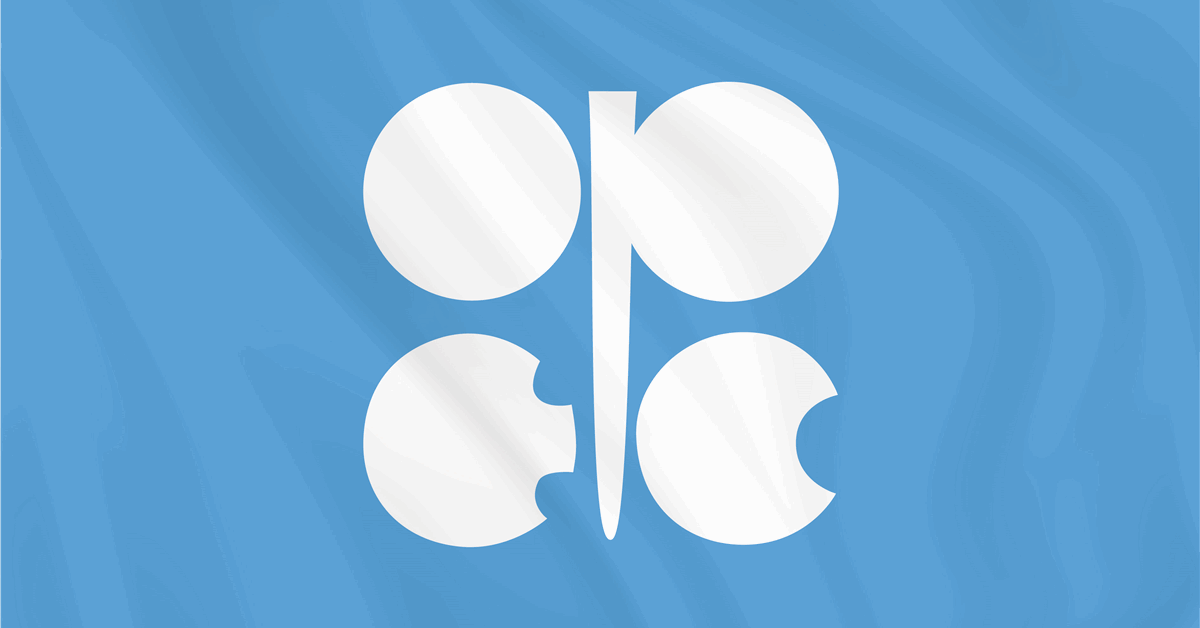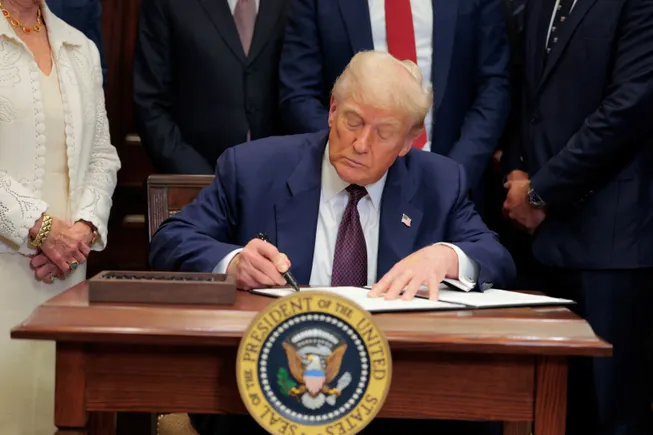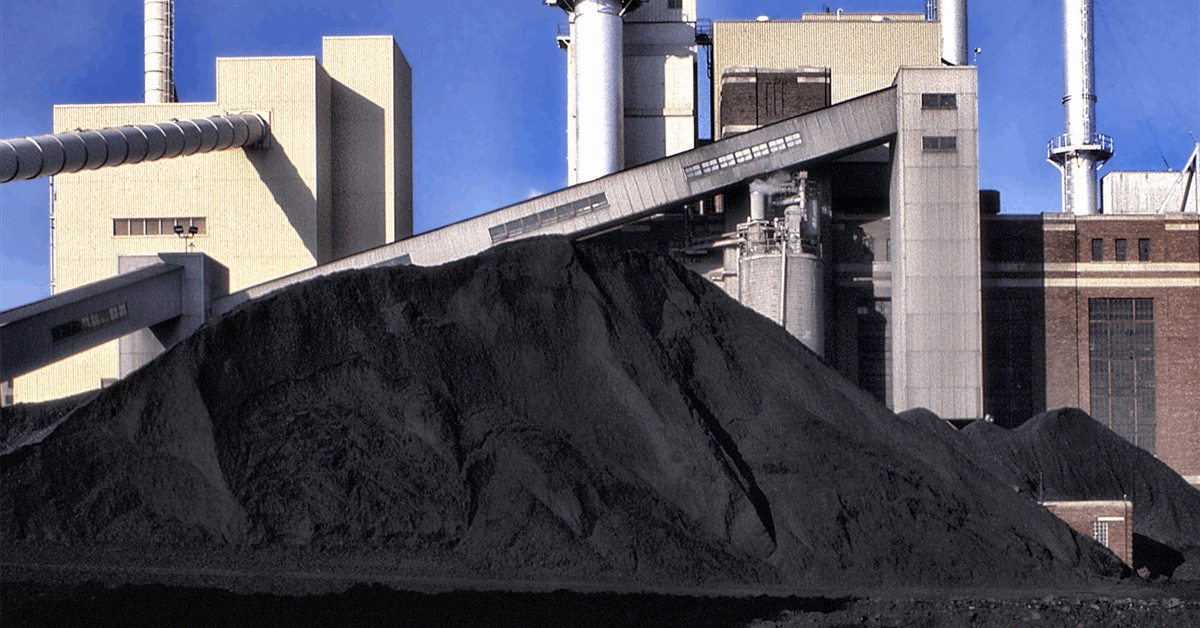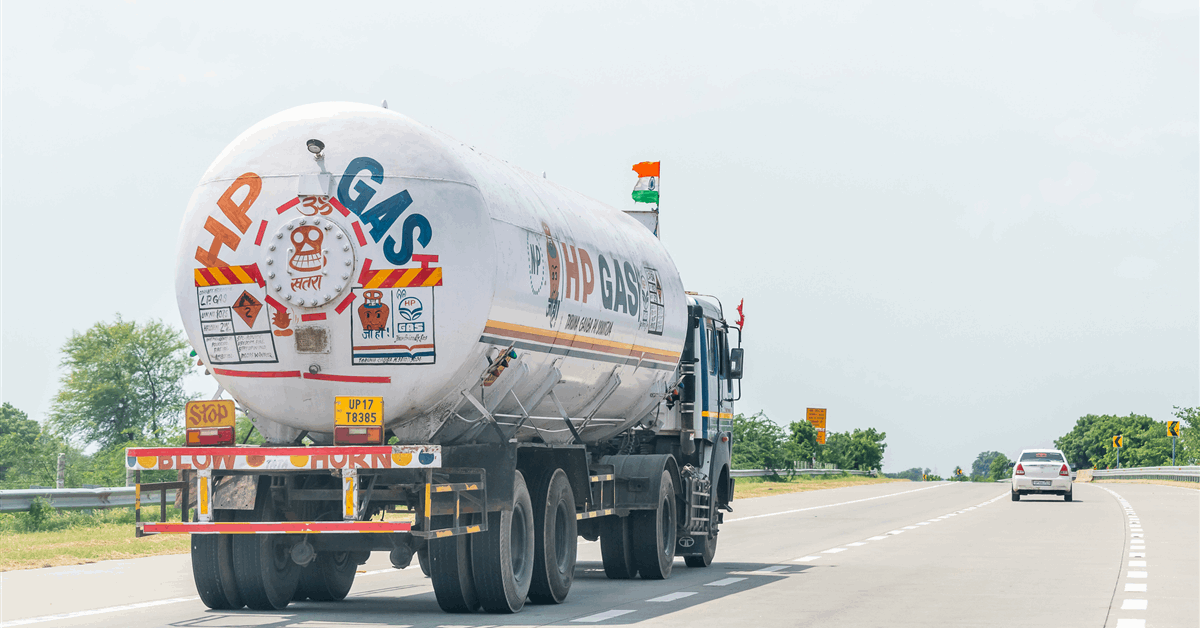
A statement posted on OPEC’s website on Sunday announced that Saudi Arabia, Russia, Iraq, UAE, Kuwait, Kazakhstan, Algeria, and Oman “will implement a production adjustment of 547,000 barrels per day in September”.
“The eight OPEC+ countries, which previously announced additional voluntary adjustments in April and November 2023 … met virtually on 3 August 2025, to review global market conditions and outlook,” the statement noted.
“In view of a steady global economic outlook and current healthy market fundamentals, as reflected in the low oil inventories, and in accordance with the decision agreed upon on 5 December 2024 to start a gradual and flexible return of the 2.2 million barrels per day voluntary adjustments starting from 1 April 2025, the eight participating countries will implement a production adjustment of 547,000 barrels per day in September 2025 from August 2025 required production level,” the statement added.
“This is equivalent to four monthly increments … The phase-out of the additional voluntary production adjustments may be paused or reversed subject to evolving market conditions. This flexibility will allow the group to continue to support oil market stability,” it continued.
The eight OPEC+ countries also noted that this measure will provide an opportunity for the participating countries to accelerate their compensation, the statement said.
“The eight countries reiterated their collective commitment to achieve full conformity with the Declaration of Cooperation, including the additional voluntary production adjustments that were agreed to be monitored by the JMMC during its 53rd meeting held on April 3rd 2024,” it added.
The countries also confirmed their intention to fully compensate for any overproduced volume since January 2024, the statement highlighted. It went on to state that the eight OPEC+ countries will hold monthly meetings to review market conditions, conformity, and compensation. The eight countries are currently next scheduled to meet on September 7, the statement revealed.
According to a table accompanying the statement, September “required production” is 9.978 million barrels per day for Saudi Arabia, 9.449 million barrels per day for Russia, 4.220 million barrels per day for Iraq, 3.375 million barrels per day for the United Arab Emirates, 2.548 million barrels per day for Kuwait, 1.550 million barrels per day for Kazakhstan, 959,000 barrels per day for Algeria, and 801,000 barrels per day for Oman.
In a report sent to Rigzone by the Skandinaviska Enskilda Banken AB (SEB) team on Monday, SEB Chief Commodities Analyst Bjarne Schieldrop highlighted that the “OPEC+ subgroup V8 this weekend decided to fully unwind their voluntary cut of 2.2 million barrels per day”.
Schieldrop pointed out in the report that “this still leaves another layer of voluntary cuts of 1.6 million barrels per day”, which he said “is likely to be unwound at some point”.
The SEB analyst added in the report that “higher quotas, however, do not immediately translate to equally higher production”.
“What helps to blur the message from OPEC+ in its current process of unwinding cuts and taking back market share, is that, while lifting quotas, it is at the same time also quite explicit that this is not a one way street,” Schieldrop went on to state in the report, noting that OPEC+ “may turn around [and] make new cuts if need be”.
“This is very different from its previous efforts to take back market share from U.S. shale oil producers. In its previous efforts it typically tried to shock U.S. shale oil producers out of the market. But they came back very, very quickly,” Schieldrop said.
“When OPEC+ now is taking back market share from U.S. shale oil it is more like it is exerting a continuous, gradually increasing pressure towards U.S. shale oil rather than trying to shock it out of the market which it tried before,” he added.
In a market analysis sent to Rigzone on Monday morning, Chris Weston, Head of Research at Pepperstone, said the early reaction on the crude futures re-open was to sell.
“While the initial downside reaction in Brent and WTI crude was contained, it was at odds relative to the modest gains seen in S&P500 futures and other risk markets, so it’s unsurprising that crude is gravitating back to the flat line as we inch closer to the London session,” he added.
“OPEC+[’s] weekend move to increase output by 547,000 barrels was well telegraphed and discounted, so the early decline spoke more to liquidity conditions and a thinned order book dynamic and a maintenance of positioning from Asia-based traders,” he continued.
“Where OPEC+ go from here with its ongoing production quotas and monitoring attracts strong debate among energy traders,” Weston went on to note.
Rigzone has contacted OPEC for comment on Schieldrop and Weston’s statements. Rigzone has also contacted the U.S. Department of Energy and the American Petroleum Institute for comment on Schieldrop’s statement. At the time of writing, none of the above have responded to Rigzone.
To contact the author, email [email protected]



















